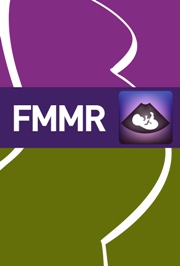Article contents
Humoral immunology in normotensive and hypertensive pregnancy
Published online by Cambridge University Press: 10 October 2008
Extract
The main function of the immune system is to protect the host from both pathogenic (ie. viruses, bacteria and foreign material) and neoplastic invasion. It is composed of both humoral and cellular factors. The humoral factors comprise the antibodies and the complement system, while the cellular factors comprise the lymphocytes and the phagocytes. These immunological factors remain in a relatively inactive state until activated by foreign molecules. Activation of the immune system under normal circumstances is beneficial to the host. In septic, multiply traumatized, critically ill surgical patients or severe preclamptic women, the host response to stress is more extensive and, as a result, extensive activation of immunological factors could create complications in the host like the adult respiratory distress syndrome (ARDS), multisystem organ failure (MOF) or the syndrome of haemolysis, elevated liver enzymes and low platelet count (HELLP) in preeclamptic women. In order to appreciate the later parts of this article regarding immunology and pregnancy, an understanding of the normal immune system is essential.
- Type
- Articles
- Information
- Copyright
- Copyright © Cambridge University Press 1994
References
- 1
- Cited by


